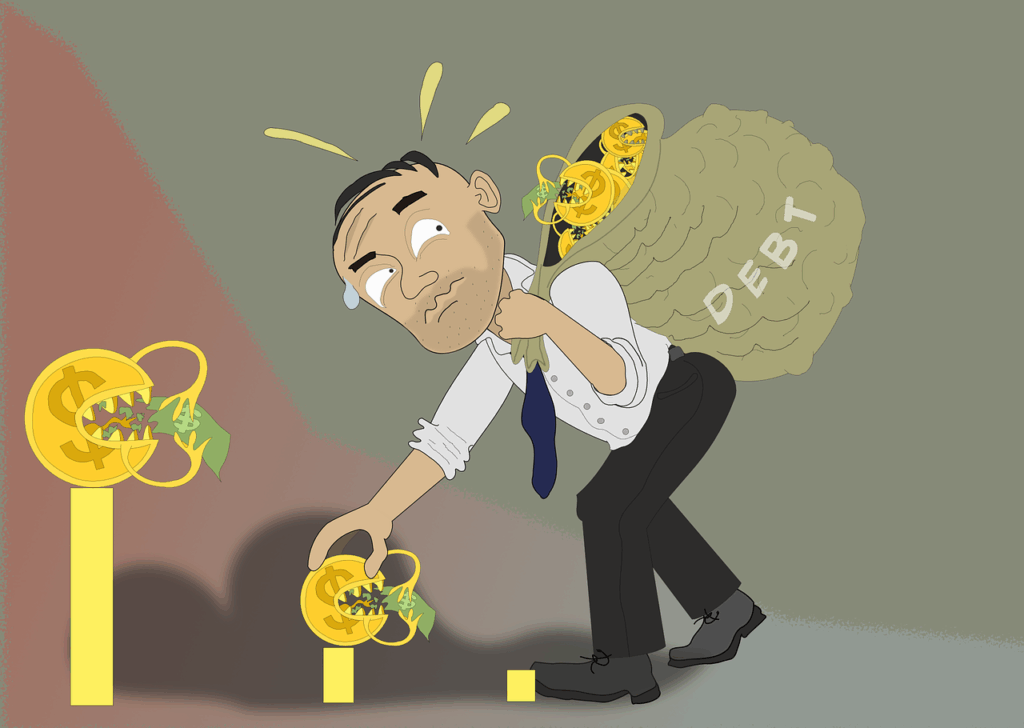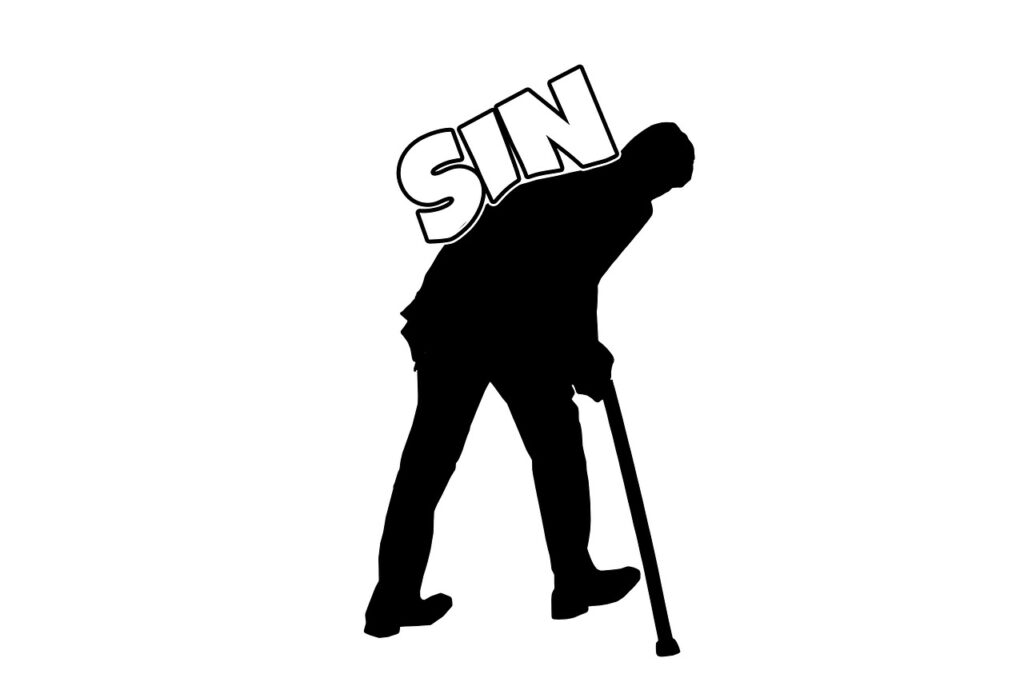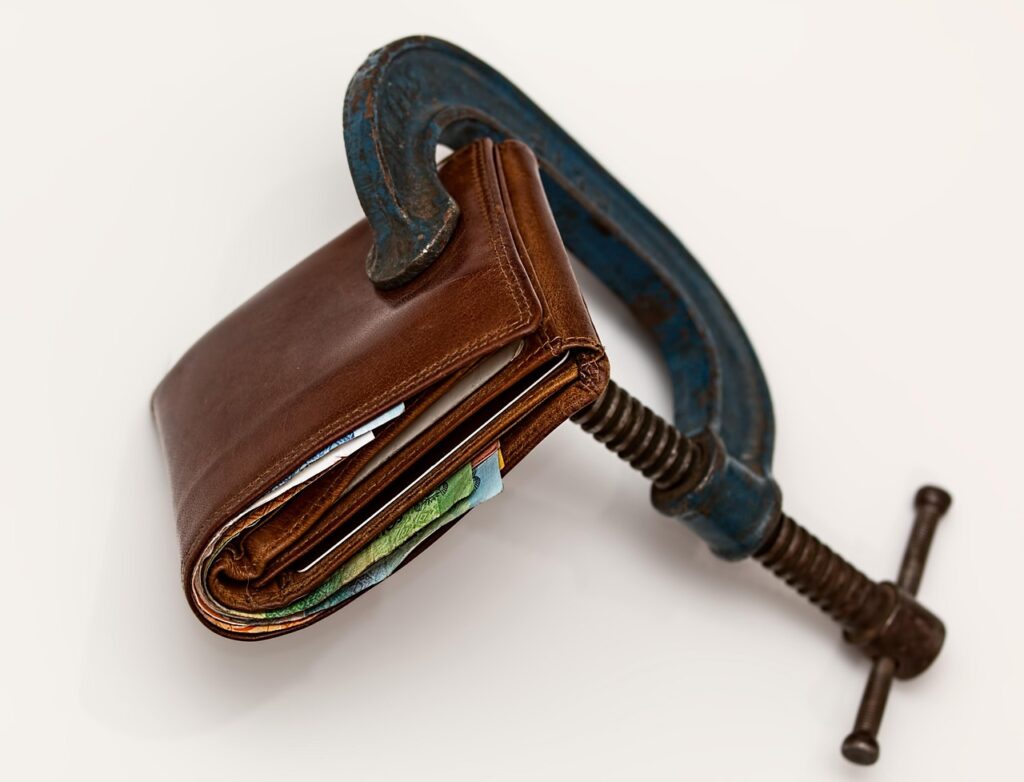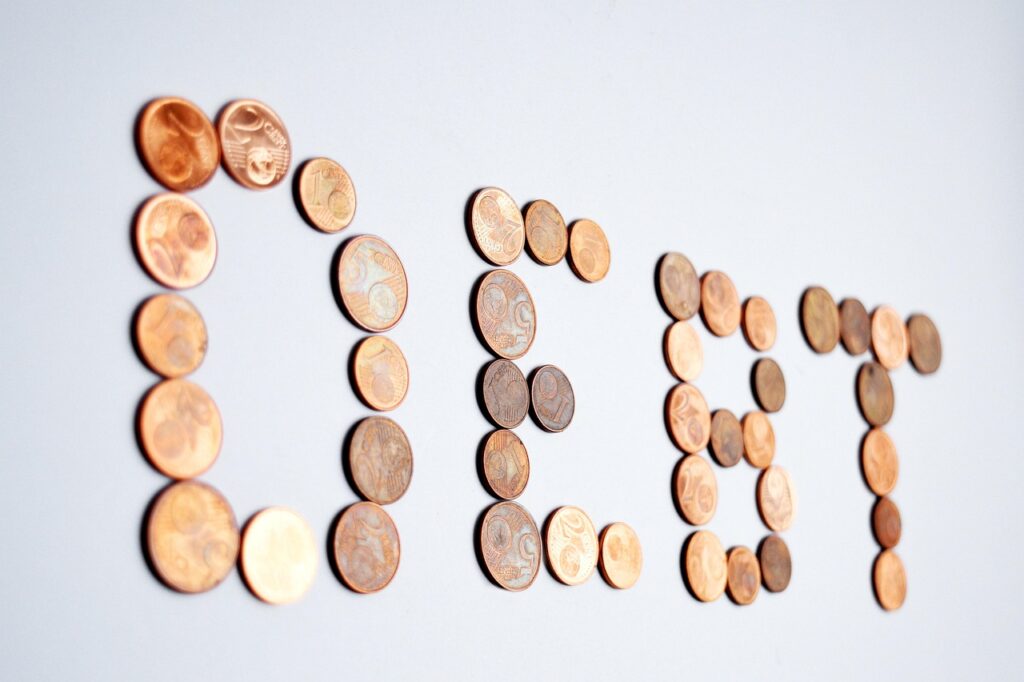
The journey to financial freedom can often feel like climbing an insurmountable mountain, especially when burdened by accumulating debt. Credit card balances, student loans, and car payments pile up quickly, and the sting of high-interest charges can make it seem as though you’re constantly treading water, barely making a dent. If you stick to minimum payments, you could find yourself trapped for years, hindering your ability to achieve significant life milestones like buying a home or securing new credit.
But here’s the empowering truth: debt doesn’t have to dictate your future. With the right strategy and a conscious shift in your daily financial habits, you possess the power to dramatically shorten your payoff timeline and reclaim authority over your money. This isn’t about magical shortcuts; it’s about equipping yourself with a clear, actionable plan and committing to consistent effort.
To help you carve your path to a debt-free life, we’ve curated a comprehensive, step-by-step guide featuring 14 proven strategies. Whether you’re currently overwhelmed, navigating a low income, or working to improve your credit, these practical tips are designed to help you build a robust debt payoff plan and finally achieve the financial independence you deserve. Let’s embark on this transformative journey together.
1. **Assess Your Debt Load**Before you can effectively tackle your debt, you absolutely need to understand the full scope of what you’re up against. It’s impossible to develop a truly effective debt payment strategy until you have a clear, black-and-white picture of every single obligation. This initial assessment isn’t just about tallying a grand total; it’s about diving into the specifics of each debt.
Start by meticulously gathering information on all your debts, no matter how small or large they may seem. This includes everything from that lingering store credit card balance to significant auto loans or personal loans. For each debt, write down the creditor, the exact amount you owe, its corresponding interest rate, and the minimum monthly payment required.
Understanding the interest rate for each debt is particularly crucial. High-interest rate debt acts as a far greater drag on your progress, costing you more money over time. By identifying which debts carry the highest rates, you can make informed decisions about where to focus your resources. Once you have this complete overview, commit to making that total figure the highest your debt number will ever be.
This comprehensive understanding also helps you determine the best overall approach for your situation. If your debt doesn’t consume a significant portion of your income, a do-it-yourself (DIY) strategy might be perfect. However, if your debt feels truly overwhelming, this assessment can signal that exploring debt relief options, such as a debt management program, could be a more appropriate path.
Read more about: Navigating Your 2026 Social Security COLA: What Retirees and Beneficiaries Need to Know About Upcoming Benefit Changes
2. **Stop Spending Money You Don’t Have**Getting out of debt starts with a fundamental, yet often challenging, change: cutting off the very cycle that created the debt in the first place. This means making a resolute commitment to stop spending beyond what you actually earn. It’s a critical first step, as continuing to incur new debt while trying to pay off old debt is like trying to bail out a leaky boat with a hole in the bottom.
This principle extends beyond major purchases or canceling big vacations. It’s about diligently changing the subtle, everyday habits that, over time, quietly drain your money. Think about those seemingly insignificant expenditures that become substantial when added together. Every single dollar you prevent from being overspent becomes a dollar you can redirect towards actively paying down your balances faster.
Practical adjustments can make a world of difference. Instead of frequently ordering takeout, commit to cooking more meals at home. Rather than grabbing snacks or coffee at convenience stores, pack them yourself. Make a conscious effort to limit impulse shopping, whether that’s “just browsing” online stores or wandering aisles without a specific purchase in mind. These small changes, while seemingly minor individually, build significant financial momentum.
By consciously breaking the habit of spending money you don’t have, you’re not just saving cash; you’re fundamentally shifting your financial mindset. You’re building a foundation of discipline and mindfulness that is absolutely essential for long-term financial health and ensuring that once you’re out of debt, you stay out.
Read more about: Travel Hacking for Beginners: Your Actionable Guide to Earning a Free Domestic Flight in 6 Months
3. **Prevent New Debt While Paying Off Old Debt**Paying off existing debt is already a formidable task, and the last thing you want to do is make it even harder by adding new debt to the pile. This strategy is about putting up guardrails to protect your progress and ensure that every effort you make goes towards reducing your obligations, not increasing them.
For many, credit cards are a primary source of new debt. If these plastic temptations are a challenge, take proactive steps to remove the option. You might consider cutting them up, freezing them in a block of ice at the back of your freezer, or deleting your stored payment information from online shopping sites. The goal is to create a barrier that forces a moment of reflection before any impulsive purchase.
Equally important is protecting yourself from unexpected expenses that could easily push you back into debt. Life throws curveballs, and without a financial buffer, emergencies often lead back to credit cards or high-interest loans. Therefore, a crucial step is to build a small emergency fund.
Aim to save at least $500 to $1,000 as quickly as possible. This modest cushion serves as your first line of defense. If your car unexpectedly breaks down, or you receive an unforeseen medical bill, you can cover these costs with cash instead of reaching for credit again. This emergency fund is not just savings; it’s a vital insurance policy for your debt-free journey, preventing setbacks and maintaining your forward momentum.
Read more about: Travel Hacking for Beginners: Your Actionable Guide to Earning a Free Domestic Flight in 6 Months
4. **Cut Expenses and Scale Down Your Budget**Once you’ve assessed your debt and committed to not incurring new obligations, the next powerful step is to create a detailed budget and ruthlessly cut expenses. A budget isn’t a restrictive straitjacket; it’s an illuminating map that clearly shows you precisely where your money is going and, more importantly, where you can make strategic cuts to free up cash for debt payoff.
To begin, spend some time reviewing your bank and credit card statements from the past month or two. Categorize every single expenditure. Clearly differentiate between essential, non-negotiable costs such as rent or mortgage payments, utilities, and groceries, and discretionary spending like dining out, streaming services, impulse buys, and entertainment. This exercise reveals where your cash is truly leaking out to things that might not align with your debt-free goals.
After you have a clear picture of your spending, establish realistic limits for each category. For instance, set a specific amount for groceries, gas, and entertainment that you commit to not exceeding. Some individuals find success with methods like the cash envelope system, where you allocate physical cash to categories, and once the envelope is empty, spending in that area stops. This visual and tangible approach can be incredibly effective for managing discretionary spending.
Even seemingly small reductions, such as trimming unnecessary subscriptions, choosing free entertainment over paid options, or committing to cooking more at home, accumulate rapidly. Every dollar saved from your monthly expenses is a dollar that can be immediately redirected toward your debt, accelerating your progress significantly. This scaling down of your budget is a direct action that puts more power into your debt payoff plan.
Read more about: Navigating the Evolving Landscape: New Rules for Student Loan Forgiveness in 2025
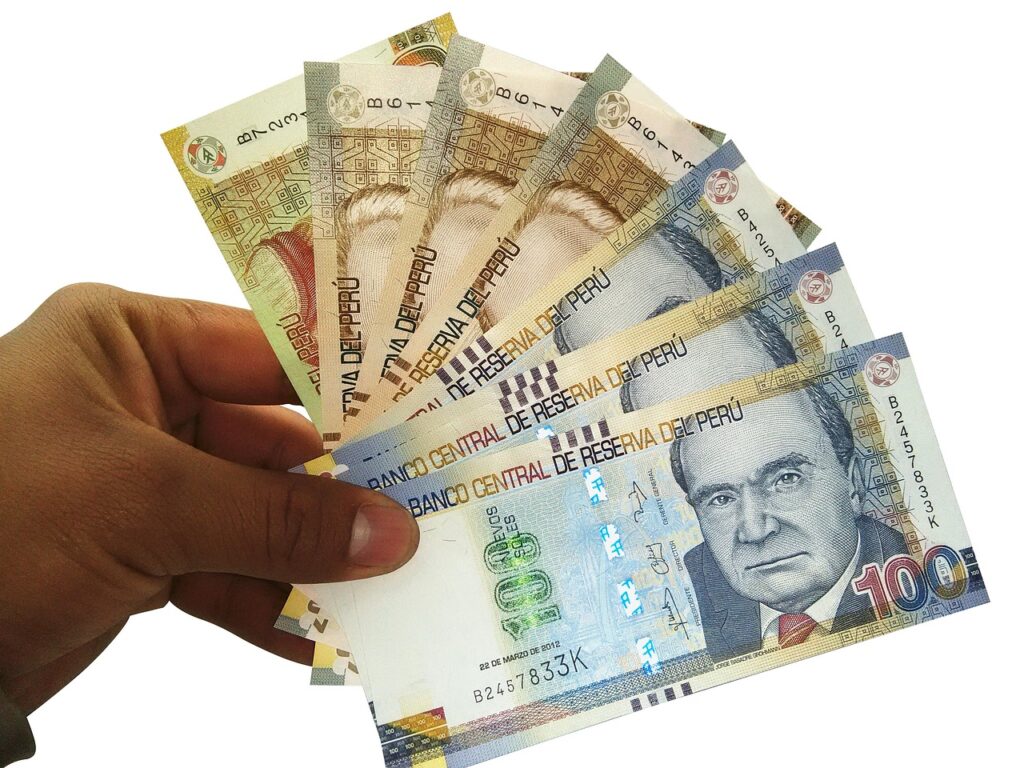
5. **Employ the Debt Snowball Method**Once you’ve got your spending under control and a budget in place, it’s time to choose a strategic method for attacking your existing debts. One of the most popular and psychologically effective approaches is the Debt Snowball Method. In a nutshell, this strategy involves prioritizing your debts from the smallest balance to the largest, intentionally ignoring interest rates for this specific approach.
Think about making a snowman as a child: you start with a small snowball, then roll it along the ground, and it steadily picks up more snow, growing larger and larger. The Debt Snowball works on the same principle. You focus all your extra money and efforts on paying off the debt with the absolute smallest balance first, while continuing to make only the minimum payments on all your other debts.
When that smallest debt is completely wiped out, you then take the amount you were paying on it (the minimum payment plus any extra money you were dedicating to it) and add that total to the minimum payment of your next largest debt. This creates a powerful snowball effect; the amount you’re paying on your ‘focus’ debt keeps growing, allowing you to pay off subsequent debts faster and faster. The power of this method lies in the quick wins it delivers, providing powerful motivation and momentum to keep you going on your debt-free journey.
These early successes are vital for maintaining enthusiasm, especially when the overall path to debt freedom can feel long. Celebrating each debt you eliminate, even the small ones, reinforces your commitment and proves to you that your hard work is indeed paying off. It’s a psychological boost that keeps you focused on your ultimate goal.
Read more about: Navigating Your Finances: A NerdWallet Guide to Understanding, Managing, and Conquering Debt
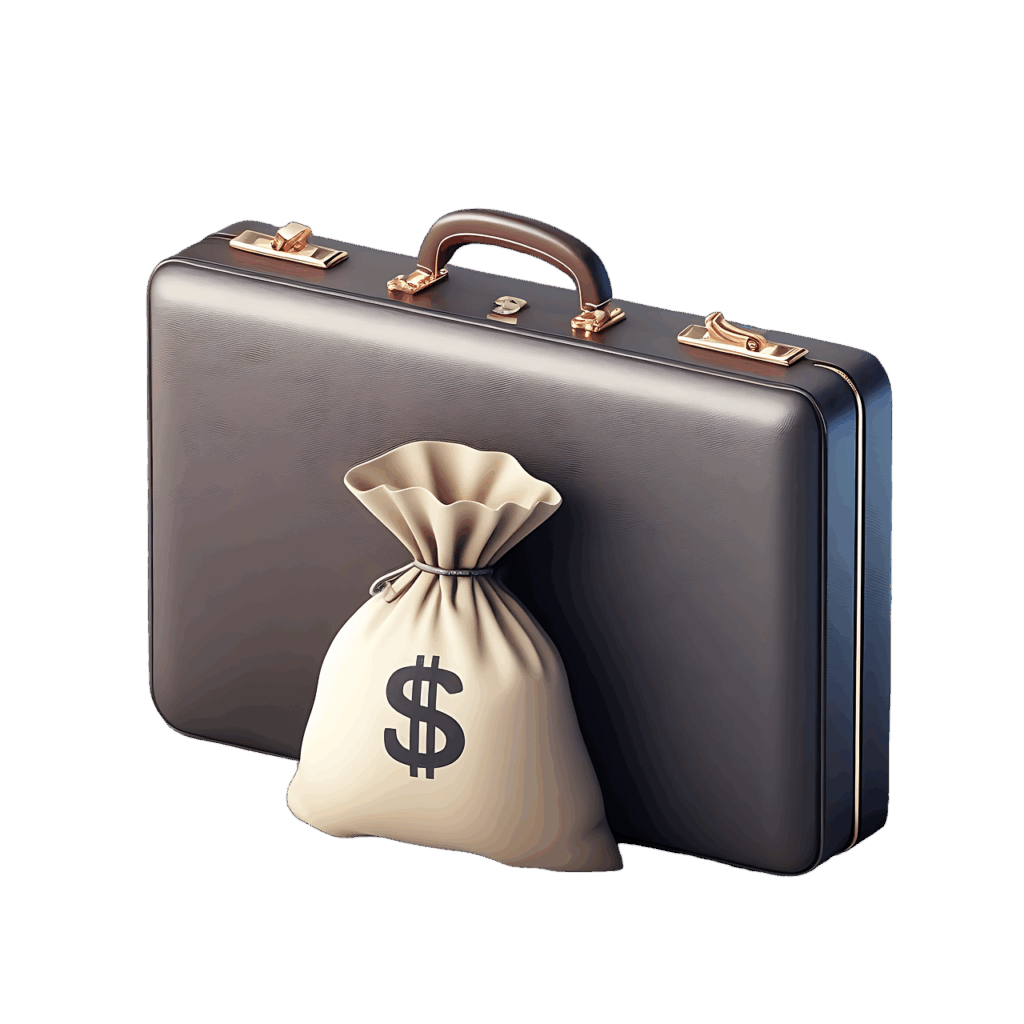
6. **Harness the Debt Avalanche Method**While the Debt Snowball Method offers strong psychological benefits, the Debt Avalanche Method provides the most mathematically efficient path to becoming debt-free. This strategy focuses on minimizing the total amount of interest you pay over the life of your debt by prioritizing your accounts differently. With the Debt Avalanche, you focus on paying down the debt with the *highest interest rate first*, regardless of its balance size.
To implement this, you’ll make all minimum payments on your other debts, just as with the snowball method. However, every single extra dollar you have available for debt repayment is channeled directly to the debt that carries the highest interest rate. Once that high-interest debt is completely eliminated, you then roll that payment amount (the minimum plus all the extra you were sending) into the debt with the next highest interest rate, and so on.
This approach helps you get out of debt faster and saves you a significant amount of money over the long run because you’re systematically wiping out your costliest debts first. By tackling the highest interest rates, you prevent those interest charges from compounding and adding substantial amounts to your overall repayment. It’s a direct attack on the most expensive parts of your debt portfolio.
However, it’s important to acknowledge a potential drawback: if your highest-interest debt also happens to have a very large balance, it might take a considerable amount of time to zero out that first account. This can sometimes be less motivating for individuals who thrive on quicker wins. If instant gratification and visible progress are crucial for your motivation, the snowball method might feel more satisfying in the short term. Ultimately, both methods are effective, and choosing the one that best suits your personality and financial situation is key.
Read more about: Decoding Your Wealth: What the Average 60-Something American Has in Net Worth and How You Compare
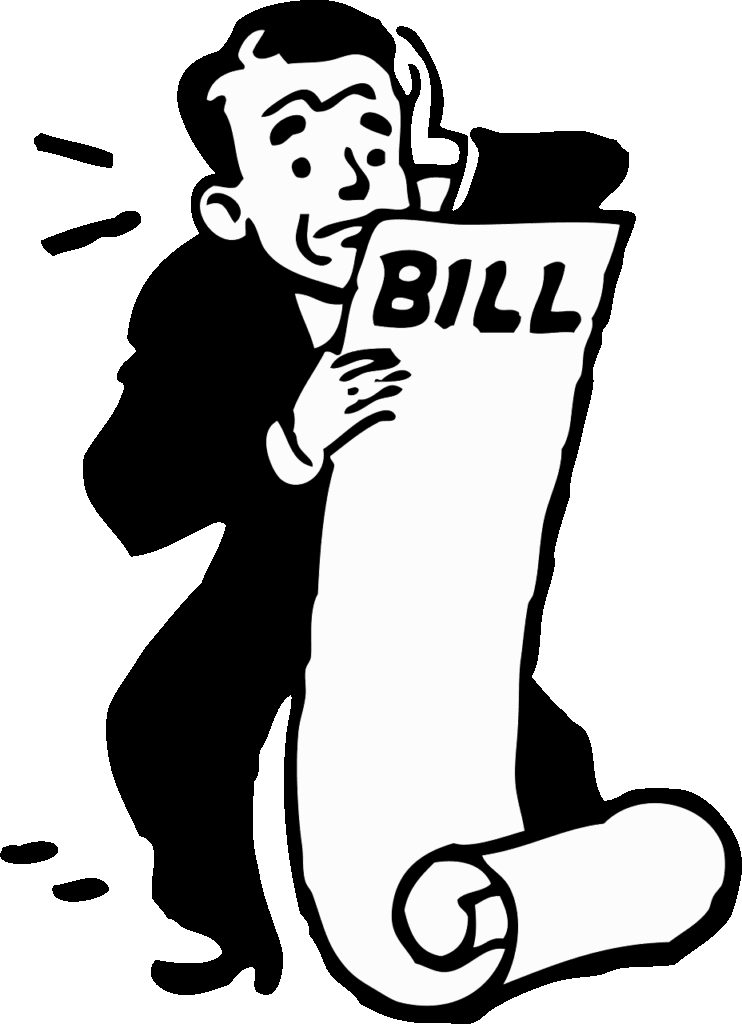
7. **Always Make Minimum Payments on Other Accounts**Regardless of whether you choose the Debt Snowball or Debt Avalanche method, there’s a universal, non-negotiable rule that applies to all your other debts: you must consistently make at least the minimum payments on every single account. While your intense focus will be directed towards paying down your chosen target debt, ignoring the rest can lead to severe setbacks that undo much of your hard work.
Missing a minimum payment, even on an account you’re not actively prioritizing for accelerated payoff, can trigger a cascade of negative consequences. You could incur late fees, which are essentially wasted money that could have gone towards your principal. More damagingly, your interest rates could be hiked to punitive levels, making those debts even more expensive to pay off in the long run.
Furthermore, allowing an account to become 30 days or more past due will significantly damage your credit score. A lower credit score can impact your ability to qualify for future loans, housing, or even employment. It creates a negative cycle that makes it harder to achieve true financial freedom. The goal is to move forward, not to slip backward due to oversight.
To safeguard your progress and ensure you avoid these pitfalls, set up autopay for at least the minimum payment on all your debt accounts. This simple step creates a crucial safety net, guaranteeing that you never miss a payment and your credit report remains clean. With autopay handling the minimums, you can then confidently direct all your extra money and energy towards your chosen target debt, knowing you’re making steady, responsible progress across the board.
Now that you’ve laid a solid foundation by assessing your debt, cutting spending, budgeting effectively, and choosing a primary payoff method, it’s time to supercharge your efforts. The next set of strategies focuses on optimizing interest savings, boosting your income, and exploring advanced relief options. These are the tactics that will truly accelerate your progress, allowing you to slash your debt faster and secure lasting financial freedom. Let’s dive into the next seven actionable steps to reclaim your financial future.
Read more about: Travel Hacking for Beginners: Your Actionable Guide to Earning a Free Domestic Flight in 6 Months
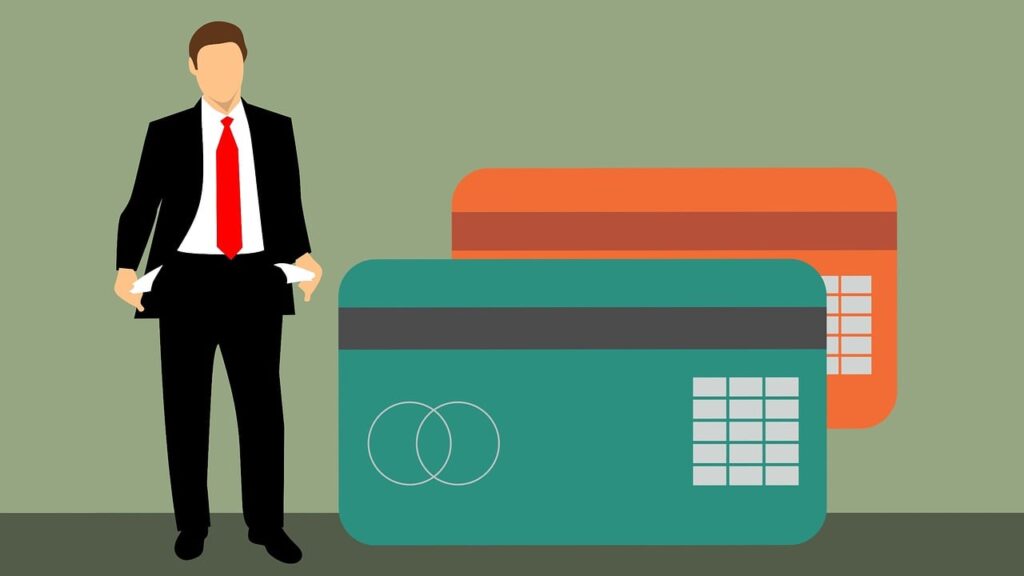
8. **Lower Your Interest Rates by Negotiating with Creditors**High interest charges are silent saboteurs, significantly slowing down your debt payoff journey and adding unnecessary costs. One of the most direct and often overlooked ways to accelerate your progress is by actively seeking a reduction in these rates. Your credit card interest rates, for instance, are not set in stone; the market is competitive, and creditors often have flexibility to retain valuable customers.
Don’t hesitate to call your credit card company and explain your commitment to paying off your balance, while also expressing your need for interest relief. You’ll typically have the best chance of success if you’ve been a long-time customer with a consistent record of on-time payments. Be prepared to politely mention that other companies are offering lower rates, or even 0% introductory balance transfer offers, to encourage them to meet you halfway.
Even a modest reduction in your interest rate—say, moving from 24% down to 18%—can translate into substantial savings over time. This saved money isn’t just a hypothetical figure; it’s cash that you can immediately redirect towards paying down your principal balance faster. This strategy directly attacks the costliest aspect of your debt, freeing up your hard-earned money to work for you.
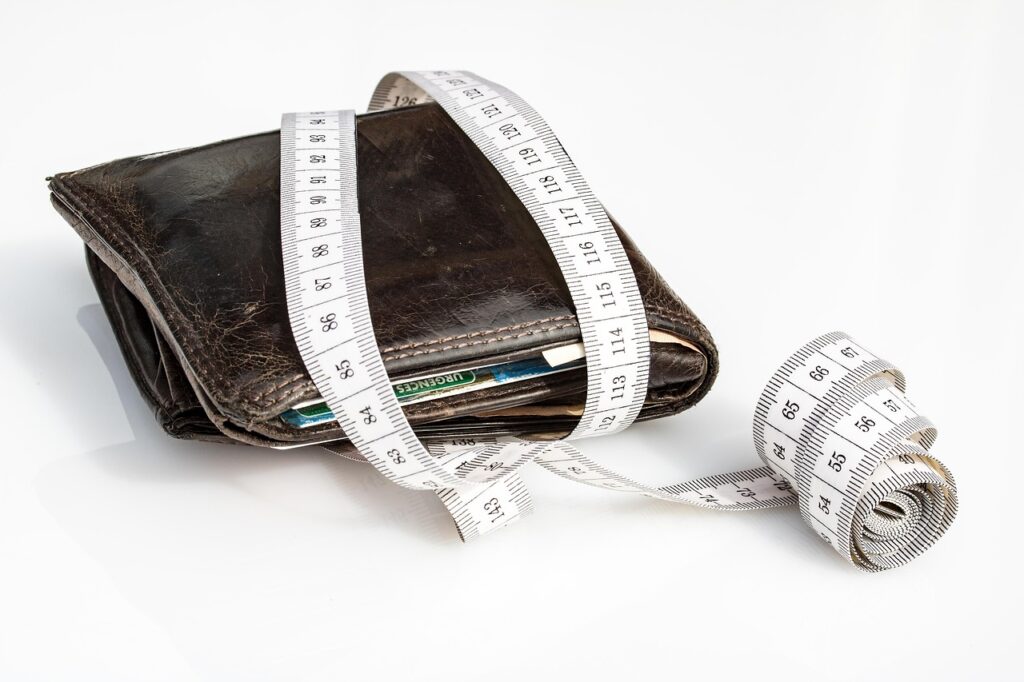
9. **Use Balance Transfers or Debt Consolidation Loans Wisely**If negotiating directly with your creditors doesn’t yield the desired results, or if you’re dealing with multiple high-interest debts, balance transfer credit cards or debt consolidation loans can be game-changers. These tools are designed to streamline your repayment process and potentially save you a significant amount on interest charges.
A balance transfer credit card typically offers a 0% APR for a promotional period, often between 12 to 18 months. This allows every single dollar you pay during this window to go directly towards reducing your principal balance, rather than being eaten up by finance charges. This can create powerful momentum, helping you clear significant chunks of debt quickly if you’re disciplined.
Alternatively, a debt consolidation loan combines multiple high-interest debts, such as credit card balances, into a single monthly payment, ideally at a lower overall interest rate. This simplifies your financial obligations and can shorten your payoff timeline. However, remember that you’ll generally need a good credit score (typically 690 or higher) to qualify for the best rates. While beneficial, these tools are not a fix for overspending; they must be part of a larger plan to avoid racking up new charges.
It is also worth noting that some individuals consider borrowing from their 401(k) or using a home equity loan for debt consolidation. While these options might offer lower interest rates, they come with significant risks, potentially jeopardizing your retirement savings or even your home. Carefully weigh these risks against the potential benefits before pursuing such avenues.
10. **Refinance Existing Loans (Student, Auto, or Mortgages)**Beyond credit cards and personal loans, other significant debts like student loans, auto loans, and even mortgages can be candidates for refinancing. Refinancing these larger loans can unlock substantial savings by securing a lower interest rate or more favorable terms, which in turn frees up more cash for your debt payoff plan.
For instance, if your credit score has improved since you first took out your student or auto loan, you might qualify for a significantly lower interest rate through refinancing. This could either reduce your monthly payment, giving you more disposable income to apply to high-interest debts, or allow you to choose a shorter loan term, saving you thousands in interest over the life of the loan.
Even a seemingly small monthly reduction, such as $50 or $100 from a refinanced loan, can make a huge difference when consistently redirected. Imagine applying that extra money to your highest-interest credit card balance each month; it can dramatically accelerate your payoff timeline and bring you closer to financial freedom much faster. Always research and compare offers from different lenders to ensure you get the best possible terms.
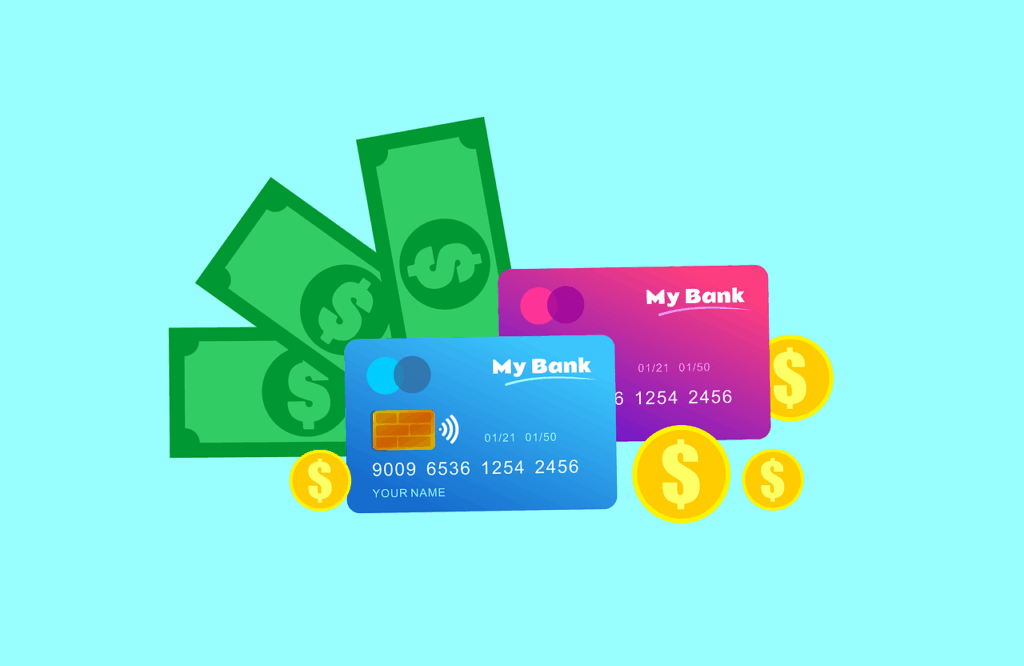
11. **Reduce Monthly Bills by Shopping for Better Deals**After meticulous budgeting and debt strategy, it’s time to turn your attention to your recurring monthly bills. Many of these expenses, from utilities to insurance to subscriptions, can be reduced with a little proactive effort, directly freeing up more money to funnel toward your debt. Every dollar you shave off your bills is another dollar that can attack your principal.
Start by reviewing services like your car insurance, homeowners insurance, cell phone plan, internet, and cable. Don’t assume you’re getting the best deal. Gather quotes from competitors to understand what other providers are offering. Even if you’re happy with your current service, having competitive quotes puts you in a strong negotiating position.
Call your current providers and politely ask if they can match or beat competitor pricing. Many companies are eager to retain customers and will often offer discounts or better packages to keep your business. This simple act of comparison shopping and negotiation can easily save you $20, $50, or even more each month. These savings accumulate quickly and become powerful ammunition for your debt payoff.
Read more about: Unlock Urban Savings: Your Ultimate Lifehacker’s Guide to Frugal Living in Expensive US Cities
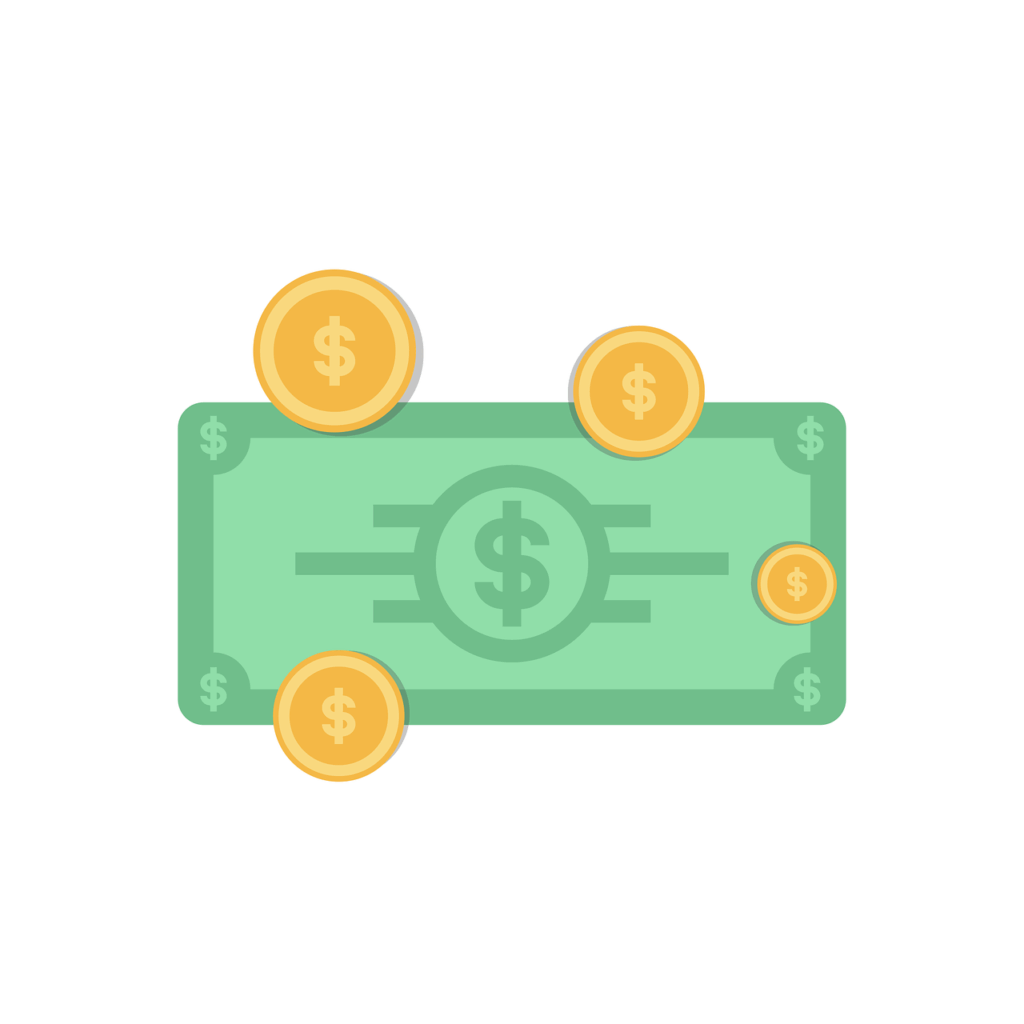
12. **Sell Unused Items for Extra Cash**Your home likely holds a hidden treasure trove of cash – in the form of unused items. Decluttering your living space isn’t just good for your mental health; it’s an excellent way to generate immediate funds to put directly towards your debt. Most people have hundreds, if not thousands, of dollars worth of items they no longer need or use.
Take a systematic approach: go through closets, the garage, attics, and storage areas. Look for clothes, electronics, furniture, books, tools, or even children’s toys and gear that are in good condition but are simply collecting dust. Think about what you haven’t used in the last six months to a year.
There are numerous platforms available to help you turn these items into cash. Consider hosting a traditional yard sale, or utilize online marketplaces such as eBay, Craigslist, Facebook Marketplace, or apps like OfferUp and Gazelle. Be realistic with your pricing; secondhand buyers are looking for a deal. Even if individual sales are small, they add up quickly, providing extra payments that make a tangible dent in your highest-interest debt. As a bonus, this exercise can also highlight past unnecessary spending, making you more mindful in the future.
Read more about: The True Cost of ‘Peace of Mind’: 13 Critical Reasons Why Extended Warranties for Your Appliances Are Rarely Worth It
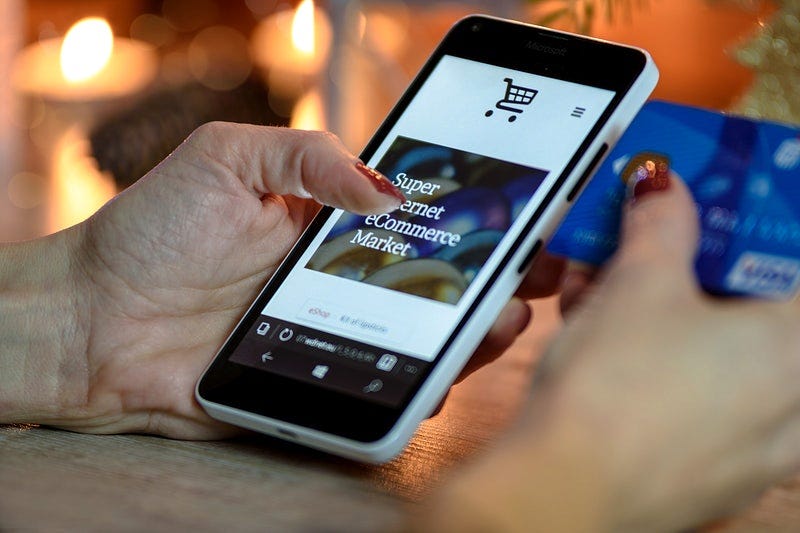
13. **Boost Your Income Through Side Hustles or Raises**While cutting expenses and optimizing debt payments are crucial, there’s a limit to how much you can save. To truly accelerate your journey to financial freedom, increasing your income is an incredibly powerful strategy. Bringing in more money directly translates to more cash available for aggressive debt repayment.
Consider pursuing a side hustle, even if it’s just for a few hours a week. Popular options include driving for rideshare services like Uber or Lyft, food delivery platforms like DoorDash, pet sitting, babysitting, or using your skills for freelance work online as a writer, proofreader, or virtual assistant. The internet has made it easier than ever to start a low-overhead online business with close to zero upfront costs.
Another impactful avenue is to negotiate a raise at your current job. If you’ve been a diligent employee, consistently providing value and taking on more responsibility, schedule a meeting with your manager. Document your accomplishments and proactively communicate your value to make a strong case for increased compensation. Remember, every extra dollar earned and dedicated to debt makes a significant difference, potentially shaving months or even years off your repayment timeline.
14. **Apply Windfalls and Extra Cash Toward Debt**Life sometimes presents unexpected financial boons – a tax refund, a work bonus, an inheritance, or even birthday money. While it might be tempting to use these windfalls for a splurge or a treat, redirecting this extra cash strategically toward your debt can provide an immense boost to your payoff efforts.
Instead of viewing these as opportunities for immediate gratification, see them as express tickets on your journey to debt freedom. A lump-sum payment on your highest-interest debt can drastically reduce the principal, meaning less interest accrues over time and the debt is eliminated much faster. This kind of accelerated payment can save you hundreds, if not thousands, of dollars in the long run.
Making the choice to apply windfalls to debt requires discipline and a strong focus on your long-term financial goals. The temporary satisfaction of a purchase pales in comparison to the lasting relief and empowerment that comes from eliminating debt. Use these unexpected financial boosts to create meaningful, tangible progress and reinforce your commitment to a debt-free life.
Read more about: The Mortgage vs. Investing Dilemma: How to Decide What’s Best for Your Extra Money
The journey to a debt-free life is a testament to perseverance and smart choices, not just brute force. By systematically applying these 14 strategies—from meticulously understanding your obligations and reining in spending, to leveraging powerful payoff methods and actively boosting your income—you are building an unshakeable foundation for financial independence. Each step taken, each bill negotiated, and each extra dollar applied isn’t just a transaction; it’s a stride towards a future where your money truly works for you. Keep celebrating those wins, no matter how small, and stay focused on the incredible freedom that awaits you.

